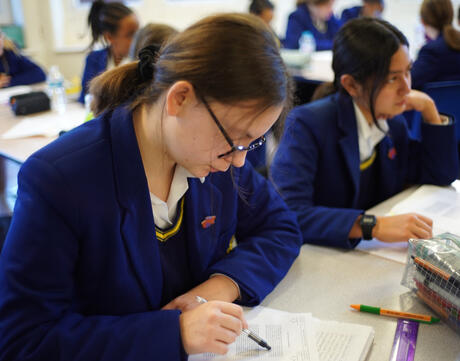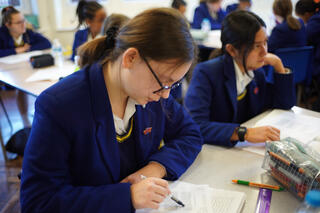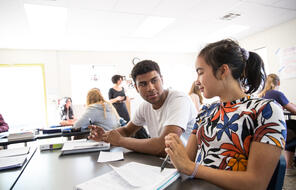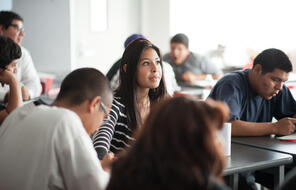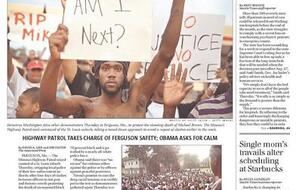In life and in school, many students will encounter racist and dehumanising language. Such language might be used to intentionally cause offence, it might be something they encounter in lessons, when reading literature or historical texts, and it might also be something that some marginalised groups have reclaimed and now use to express familiarity and friendship.
Teaching a text that includes racist slurs, derogatory words and/or anachronistic language can elicit fear and anxiety in educators. As educators, we know that unless we prepare to address language with intention and care, we risk causing harm and creating inhospitable classroom environments where students may feel like they do not belong, and where they cannot learn. Some racist and dehumanising terms, such as the ‘N-word’, have the power to destabilise a classroom environment if they are encountered without adequate preparation or groundwork. In her talk Why It’s So Difficult to Talk About the ‘N’ Word, Dr Elizabeth Stordeur Pryor states:
I hear from students that when the word is said during a lesson without discussion and context, it poisons the entire classroom environment, the trust between student and teacher is broken (11.31).
Such terms can also make students who belong to the groups targeted feel uncomfortable and singled out. In her talk, Dr Stordeur Pryor goes on to state that:
My black students tell me that when the word is spoken or quoted in class, they feel like a giant spotlight is shining on them (12.32).
These sentiments are not unique to those in America. In her BBC Radio broadcast, A History of the N-word, the journalist Dame Ellah Wakatama Allfrey interviewed young women about the use of the word, one of whom stated:
I remember when we were studying GCSE English at school, within the class we had to read out Of Mice and Men. Referring to the black character, Crooks, the other characters would always refer to him as [the N-word], so throughout the text students in the class would have to say the word, but they would whisper it really quietly, they would feel really uncomfortable saying the word. And I noticed, myself, as a black person, I felt that before someone was about to say the word, they might look to me for reassurance, which I thought was quite funny because I am no more comfortable with the word than anyone else (05.15–05.50).
The dehumanising power and loaded history of some terms, particularly the N-word and the P-word, cannot be ignored, nor can the impact they can have on students if they are not handled with sensitivity. We advise against speaking these words out loud in the classroom, but if they appear in texts or resources that are being used, it is necessary to acknowledge them, understand their problematic nature and set guidelines for students when reading aloud or quoting from the text (e.g. to say ‘the N-word’ or ‘the P-word’ when students encounter them spelt out in full in a text). Otherwise, the presence of such words might both harm students and distract them from an open discussion on a particular topic. If you realise that you will be asking students to hear, process and discuss passages with dehumanising language on a regular basis, however, it is important to reflect on the purpose of the text and its cost to students’ emotional wellbeing.
It is also important to consider how to avoid imposing your views on racist and dehumanising terms on students. We advise against educators, particularly if they are white, policing how black students engage with the N-word and how Pakistani students engage with the P-word outside the classroom. If students belonging to the groups targeted by racist and dehumanising terms use them socially, that is their choice. In the classroom, however, educators can request that all students only use substitutes as a means of ensuring that no one is triggered by such terms.
Educators should also make it clear that it is never acceptable, inside or outside the classroom, for students who do not belong to the groups targeted to use a racist and dehumanising term.
